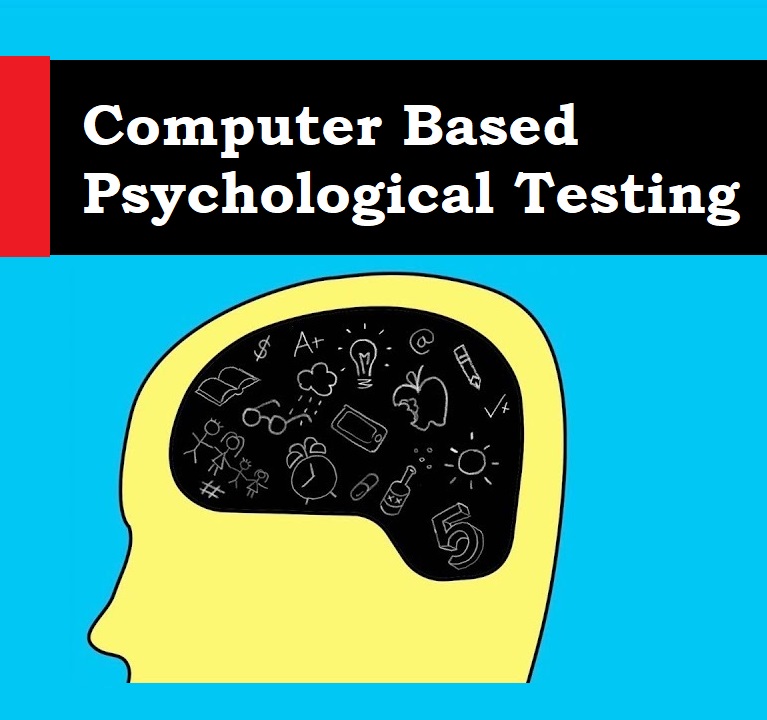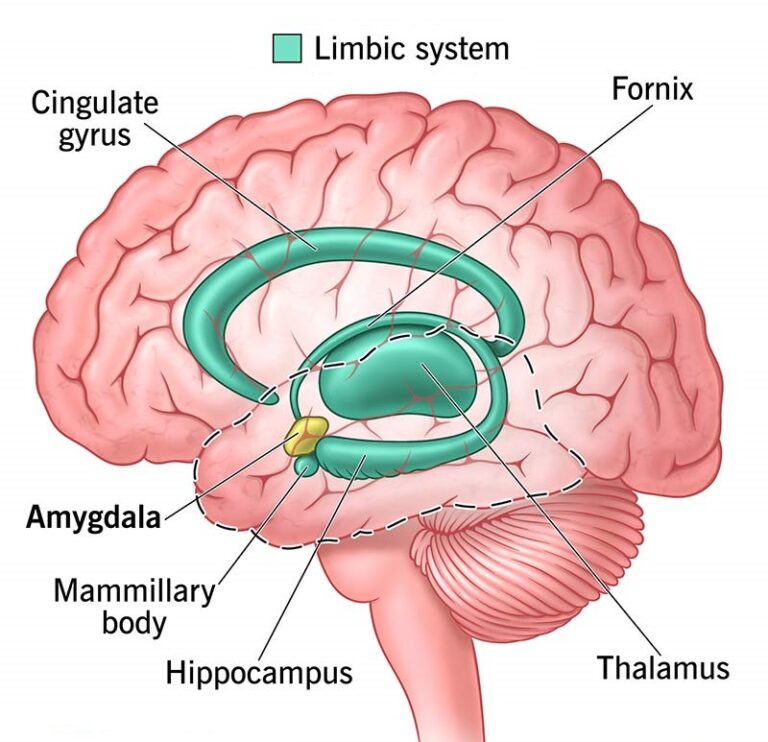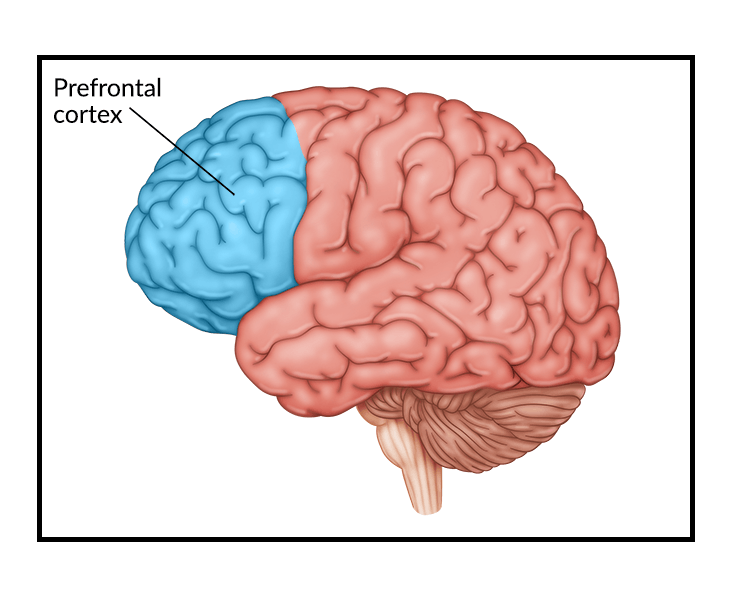
Computer-based psychological testing has become an integral part of psychological assessments in various fields, such as clinical psychology, organizational behavior, educational psychology, and research. The evolution of technology has drastically changed the way psychological assessments are conducted, moving from traditional paper-and-pencil tests to computerized systems. This transition has both enhanced and posed challenges for the psychological testing process.
1. Overview of Computer-Based Psychological Testing
Computer-based psychological testing (CBPT) refers to the use of computers to administer, score, and interpret psychological tests. It includes the use of software and online platforms for testing purposes, which can be applied in clinical settings, schools, organizational assessments, and research. These tests may measure a wide range of psychological constructs, including cognitive abilities, personality traits, emotional intelligence, and mental health disorders.
Types of Computer-Based Psychological Tests:
- Cognitive Ability Tests: Measures intelligence, reasoning, memory, and problem-solving skills.
- Personality Tests: Assesses traits, preferences, and behavior patterns, such as the Big Five personality traits.
- Neuropsychological Tests: Evaluates brain function and cognitive processes.
- Diagnostic Tests: Used in clinical settings to diagnose mental health conditions, such as depression or anxiety.
- Attitude and Preference Tests: Measures individuals’ attitudes towards various issues, such as work, social behaviors, and more.
2. Advantages of Computer-Based Psychological Testing
2.1 Efficiency and Speed
- Automated Scoring and Interpretation: Computer-based tests can be automatically scored and analyzed in real-time, which eliminates human error and reduces the time taken for analysis. This also allows for immediate feedback to the test taker.
- Time-Saving: Computerized testing can be completed more quickly than traditional paper-and-pencil tests. Test items can be randomized, and the system can automatically adjust the difficulty of items based on the test taker’s performance, improving the testing experience.
Example: The use of the Wechsler Adult Intelligence Scale (WAIS) in its computer-administered form has significantly reduced the time it takes to score tests, providing quicker assessments for clinicians and researchers.
2.2 Standardization and Objectivity
- Consistency in Administration: Computer-based testing ensures that each test taker receives the same instructions, question order, and time constraints, leading to higher standardization in test administration.
- Reduction of Bias: Computer systems do not have the biases that human administrators might exhibit, such as biases based on appearance, age, or gender.
Scenario Example: In large-scale job recruitment processes, standardized assessments such as cognitive ability or personality tests can be administered via computers, ensuring that all candidates are treated equally, with no human bias influencing the results.
2.3 Improved Accessibility
- Global Reach: With online testing platforms, tests can be administered remotely, making them accessible to individuals from various geographical locations and socio-economic backgrounds.
- Inclusive for Individuals with Disabilities: Computer-based testing platforms can be tailored to accommodate individuals with disabilities, such as offering screen readers, color adjustments, or voice commands for those with visual impairments.
Example: The Graduate Record Examination (GRE) now allows remote proctoring, enabling students from all over the world to take the exam from home. This flexibility increases accessibility for test-takers from underrepresented or remote areas.
3. Challenges of Computer-Based Psychological Testing
3.1 Technical Issues
- System Failures and Errors: Computer-based systems are prone to technical issues, such as software glitches, crashes, and network interruptions, which can disrupt the testing process.
- Hardware Compatibility: Not all test-takers may have access to suitable hardware, leading to unequal access and potential disadvantage for certain groups.
Scenario Example: In a clinical setting, a sudden system crash during a test like the Minnesota Multiphasic Personality Inventory (MMPI) may result in incomplete or invalid results, delaying diagnosis and treatment.
3.2 Security and Privacy Concerns
- Data Security Risks: Storing sensitive psychological test data on computers or cloud servers introduces the risk of data breaches or unauthorized access.
- Test Integrity: The potential for cheating or manipulating results exists, especially in non-supervised settings. This is particularly concerning for tests that evaluate critical psychological conditions or competencies.
Research Finding: A study by Davis et al. (2019) found that remote and unsupervised computerized testing was more vulnerable to dishonest practices compared to in-person assessments, leading to skewed data and compromised validity.
3.3 Potential for Over-reliance on Technology
- Human Element of Assessment: Computer-based testing often lacks the human touch that can be crucial in understanding the nuances of an individual’s responses. The absence of direct interaction between the test administrator and the test-taker can lead to incomplete interpretations.
- Limited Flexibility in Response Evaluation: While computers can adjust the difficulty of questions in adaptive testing formats, they cannot fully account for complex human behavior and emotions, which may be important in tests assessing mental health or personality.
4. Commonly Used Computer-Based Psychological Tests
4.1 Cognitive Ability Tests
These tests assess intellectual abilities such as memory, reasoning, and problem-solving. Computerized Adaptive Testing (CAT) is widely used for cognitive assessments like the GRE and SAT, where the difficulty of questions adapts based on the test-taker’s performance.
Example: The Raven’s Progressive Matrices (a test of abstract reasoning) has been adapted into a computerized form, enabling automatic scoring and real-time performance tracking.
4.2 Personality Tests
Tests such as the Big Five Inventory (BFI), Myers-Briggs Type Indicator (MBTI), and the Minnesota Multiphasic Personality Inventory (MMPI) are commonly delivered in computerized formats.
Scenario Example: A human resources department might use a computerized version of the Big Five Personality Test to screen candidates for a leadership role, helping to assess traits such as openness, conscientiousness, and emotional stability, which can be predictive of success in high-level positions.
4.3 Neuropsychological Assessments
These tests assess cognitive functions related to the brain, including memory, attention, and executive functioning. Tools like the Cambridge Neuropsychological Test Automated Battery (CANTAB) are widely used in research settings for diagnosing neuropsychological disorders.
Take Free Computer Based Psychological Tests
Get Immediate Results Completely Free !!
5. Statistical Considerations in Computer-Based Testing
5.1 Item Response Theory (IRT)
IRT is widely applied in computer-based psychological testing to create more reliable and valid assessments. This statistical model allows for the adjustment of difficulty levels based on the respondent’s performance and provides a more accurate measure of their abilities or traits.
Research Finding: According to Embretson and Reise (2000), IRT enhances the precision of scores by tailoring test items to the individual’s level of ability, thus offering a more personalized and accurate assessment.
5.2 Validity and Reliability
- Test-Retest Reliability: Computer-based tests often exhibit high levels of reliability, as the tests are administered in a consistent manner with fewer variables affecting the outcome. However, test-retest reliability may still depend on the type of test and the conditions under which it is administered.
- Construct Validity: The validity of computer-based tests needs to be evaluated to ensure that they accurately measure the psychological construct they are intended to assess. Validity studies should include comparisons with paper-based tests or other established measures.
Example: In the development of computerized personality tests like the NEO-PI-R, rigorous validation studies have shown that the test’s results are consistent with traditional pen-and-paper versions.
6. Future Directions in Computer-Based Psychological Testing
6.1 Artificial Intelligence and Machine Learning
AI and machine learning are set to revolutionize the future of computer-based testing by enabling the development of more adaptive and personalized tests. AI can provide deeper insights into test takers’ behavior by analyzing patterns in real-time data.
Scenario Example: A future version of the MMPI could use machine learning algorithms to track response patterns over time, potentially identifying inconsistencies or emotional distress based on the user’s interactions with the test.
6.2 Virtual Reality (VR) and Biofeedback
Emerging technologies like VR can provide an immersive environment for psychological testing, such as simulating real-world scenarios to assess behavioral responses in a controlled but naturalistic setting. Biofeedback mechanisms, which monitor physiological responses such as heart rate, can also be integrated into tests to measure emotional states and cognitive load.
Example: VR-based cognitive assessments could be used in clinical settings to assess how patients with PTSD react to virtual representations of stress-inducing scenarios.
7. Conclusion
Computer-based psychological testing offers significant advantages in terms of efficiency, standardization, and accessibility, but it also presents challenges related to security, technical reliability, and the potential for over-reliance on technology. While computerized tests provide more precise, consistent, and faster results, the human element in psychological assessment still remains crucial. As technology continues to evolve, the future of psychological testing seems poised for more interactive, adaptive, and personalized assessments, promising a more refined and detailed understanding of human psychology.
References
- Davis, C. A., et al. (2019). “The Effectiveness of Computer-Based Psychological Testing: A Critical Review.” Journal of Psychological Assessment, 61(4), 378-391.
- Embretson, S. E., & Reise, S. P. (2000). Item Response Theory for Psychologists. Lawrence Erlbaum Associates.
- O’Brien, B. S., & Peterson, R. R. (2017). “Applications of Computerized Psychological Testing in Human Resources.” Journal of Organizational Psychology, 52(2), 114-123.
- Wechsler, D. (2008). WAIS-IV: Wechsler Adult Intelligence Scale. Pearson.







